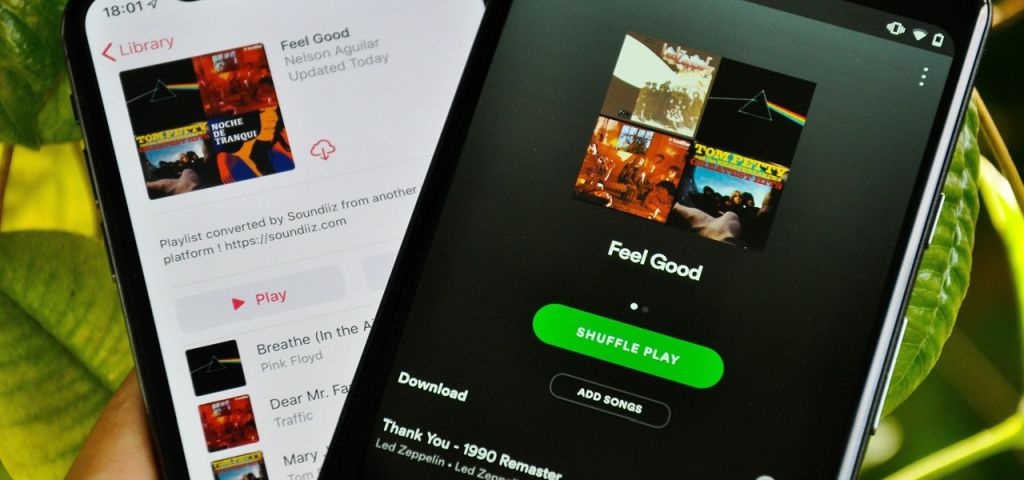


Spotify Connect works on one device at a time, unless you're using a multi-room system such as Sonos, where you can select a group (two rooms or more, set up via Sonos's app) to stream music to. In fact, it's become so ubiquitous it's usually the first feature you'll see on a streaming-capable product's feature list. Own the What Hi-Fi? 2021 Award-winning Audio Pro C10 MkII wireless speaker, Naim Mu-so Qb 2nd Generation, or KEF LSX all-in-one system? They've all got Spotify Connect baked in for starters – and they're far from alone. Spotify Connect really has become a must-have feature in the AV and particularly audio world, and these days you won't see many streaming-enabled products without it. You can find the full list of compatible kit here (opens in new tab). Chances are you might already have a speaker or amp that supports Spotify Connect: there are heaps of Spotify Connect-enabled products, including smart speakers, music streamers and other hi-fi streaming components, wireless speakers, smart TVs, wearables and car audio systems. Other perks of paying for the Spotify Premium subscription (£9.99, $9.99, AU$11.95 a month) include no ads and being able to pick songs on the mobile app rather than just shuffle.Īnd then you just need the right product.
/cdn.vox-cdn.com/uploads/chorus_image/image/68699205/acastro_200914_1777_anchor_0001.0.jpg)
To use Spotify Connect with most devices you'll also need a Spotify Premium subscription, although some (the PlayStation 5, for example) are happy to work with Spotify Free. To use Spotify Connect, you'll first need a smartphone, tablet, laptop or desktop computer with the Spotify app downloaded on to it. It seeks out compatible devices that are connected to the same wi-fi network and links them together to wirelessly to stream music. Just like Apple AirPlay 2, Spotify Connect works over wi-fi.


 0 kommentar(er)
0 kommentar(er)
